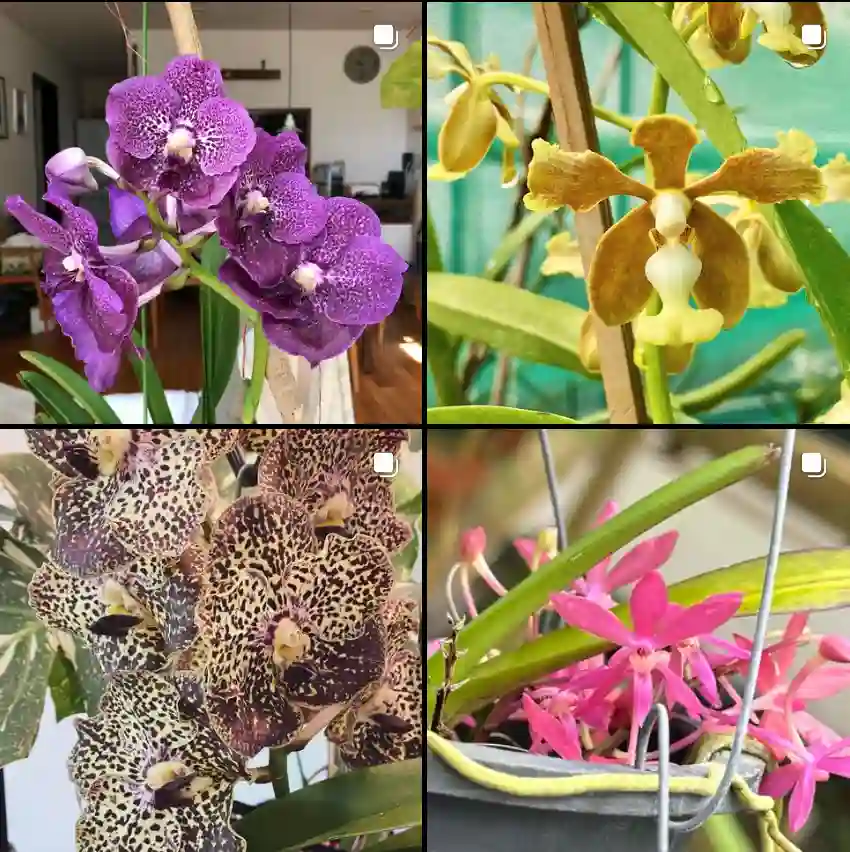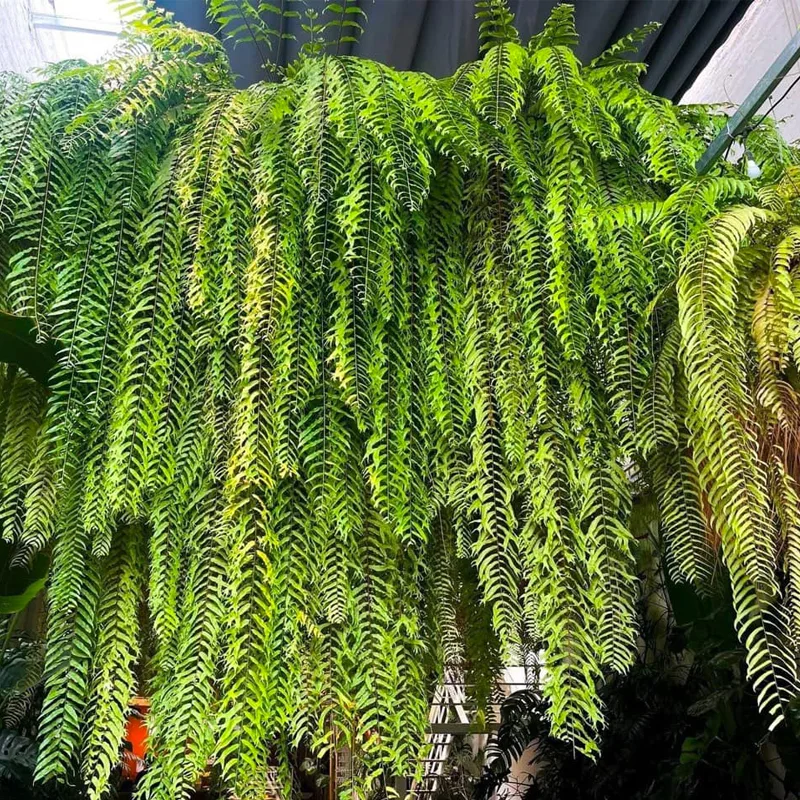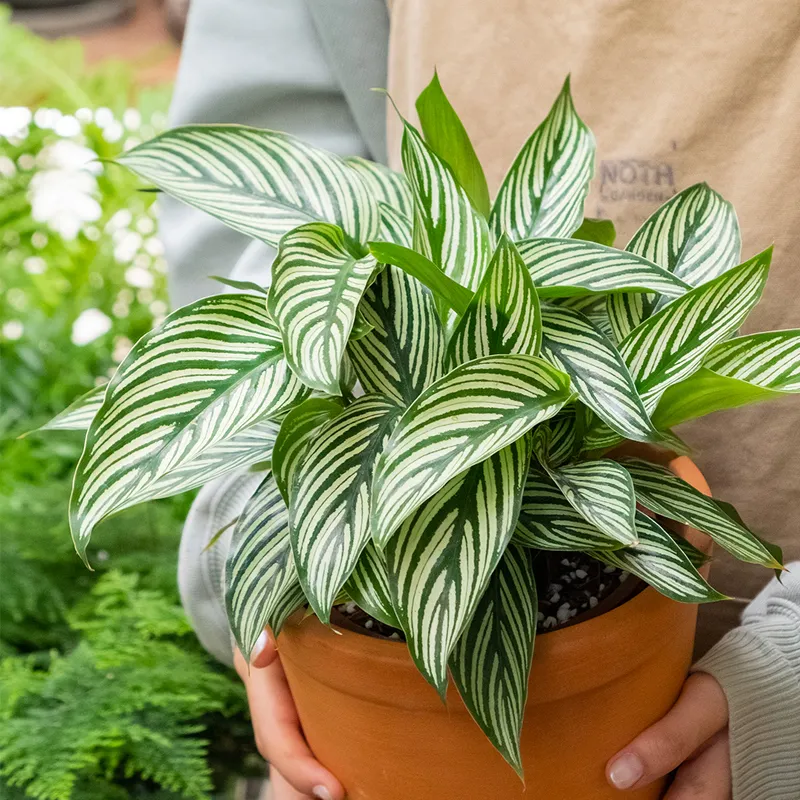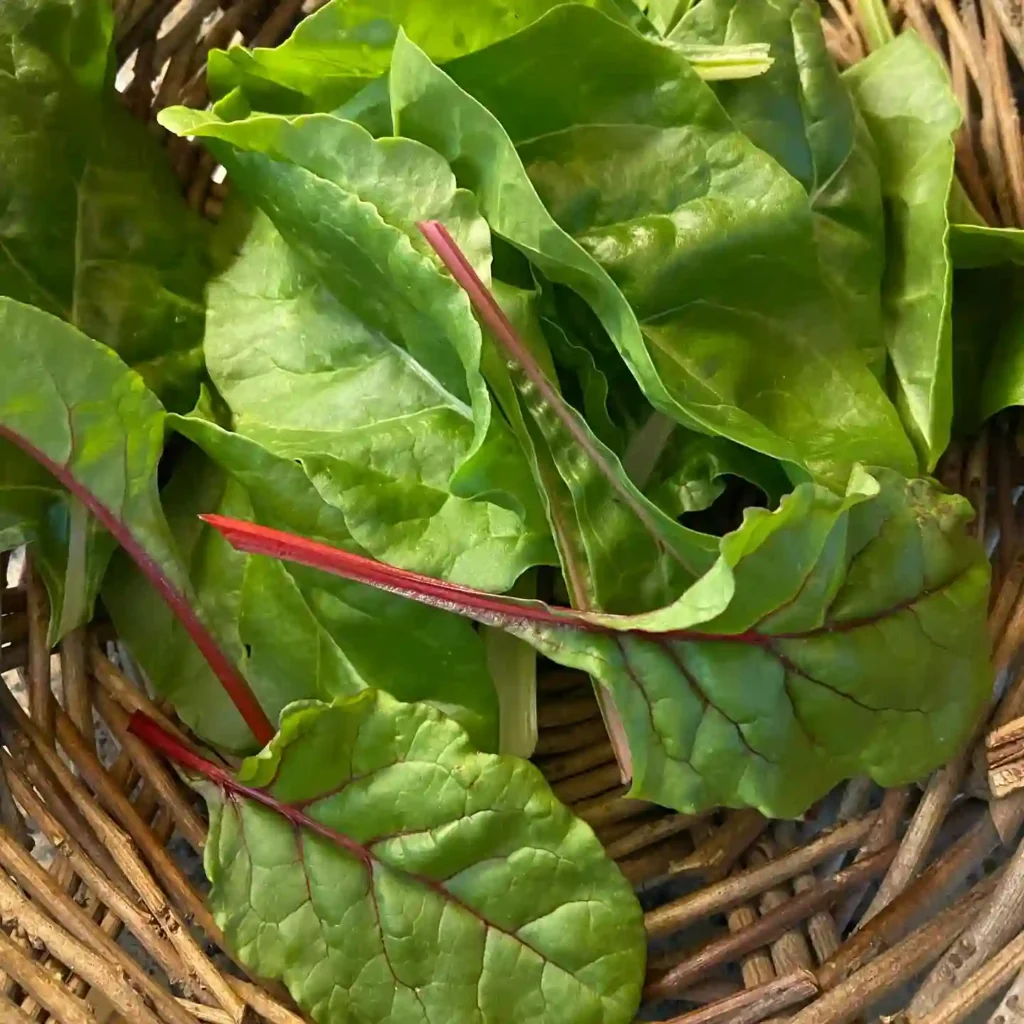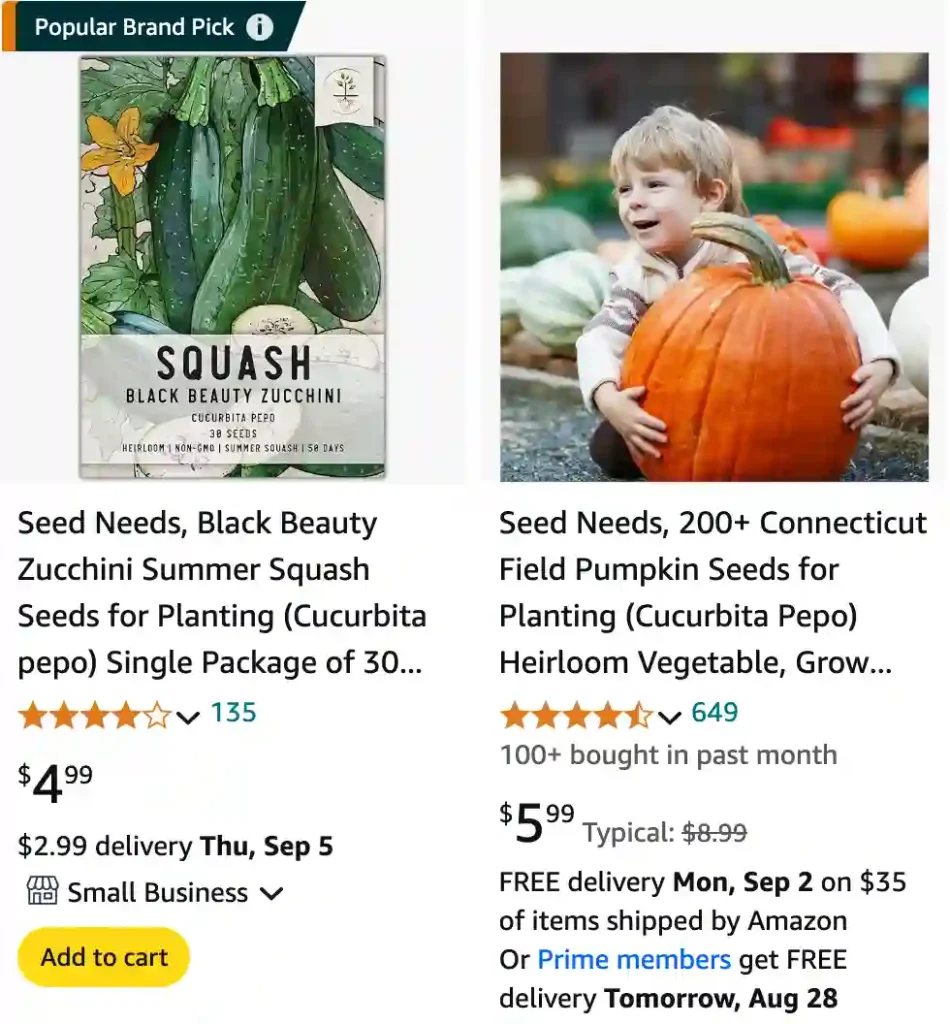
What is Cucurbita Pepo?
Cucurbita Pepo is a species of squash that belongs to the gourd family, Cucurbitaceae. It includes a variety of squash types, such as pumpkins, zucchinis, and some ornamental gourds. As a plant enthusiast, I’ve found that Cucurbita Pepo is a versatile species with a wide range of shapes, colors, and sizes. Whether you’re growing it for food or decoration, it’s a fascinating plant to cultivate. The species is native to North America and has been cultivated for thousands of years for its edible fruit, seeds, and flowers.
19 Species in Genus Cucurbita
How to Cook Cucurbita Pepo?
Cooking Cucurbita Pepo is a delightful experience because of its versatility in the kitchen. I love using zucchini in my stir-fries, baking pumpkin pies, or roasting slices of summer squash. To prepare Cucurbita Pepo, you can start by washing the skin thoroughly. Depending on the variety, you might need to peel the skin if it’s too tough. The flesh can be roasted, boiled, grilled, or even eaten raw. For zucchinis, I often slice them into thin rounds and sauté them with garlic and olive oil. Pumpkins, on the other hand, can be halved, seeded, and roasted in the oven until tender. The seeds, often known as pepitas, can be roasted with a bit of salt for a crunchy snack.
How to Germinate Cucurbita Pepo?
Germinating Cucurbita Pepo is quite straightforward. I always start by selecting high-quality seeds from a reputable supplier. To start, soak the seeds in water overnight to soften the outer shell. This helps speed up the germination process. Next, plant the seeds about one inch deep in nutrient-rich soil. I usually keep them in a warm, sunny location with a temperature of around 70°F to 90°F. Water them regularly but be careful not to overwater, as this can cause the seeds to rot. Within a week or two, you should see tiny sprouts emerging from the soil.
Is Cucurbita Pepo Edible?
Yes, Cucurbita Pepo is edible, and I can attest to its deliciousness! Different varieties offer different culinary experiences. Zucchini, for instance, can be used in savory dishes like casseroles and salads, while pumpkins are great for soups and desserts. Even the flowers are edible and can be stuffed and fried for a tasty treat. The seeds are also edible and can be roasted or used to make oil. It’s a versatile plant that adds nutritional value to many meals.
Cucurbita Pepo vs Cucurbita Maxima
I’ve often been asked about the difference between Cucurbita Pepo and Cucurbita Maxima. While both belong to the same family, they have some distinct differences. Cucurbita Pepo includes varieties like zucchinis and some pumpkins, typically smaller and with thinner skin. Cucurbita Maxima, on the other hand, includes larger pumpkins and winter squash with thicker skins. In terms of taste, Cucurbita Pepo varieties are usually milder and more tender, while Cucurbita Maxima has a richer, sweeter flavor. When choosing which to grow or cook, it often comes down to personal preference and the specific culinary application.
How to Care for Cucurbita Pepo?
Caring for Cucurbita Pepo is relatively easy, but it does require attention to detail. These plants thrive in full sun and need at least 6 to 8 hours of sunlight daily. I make sure to plant them in well-draining soil, enriched with organic matter. Regular watering is essential, especially during dry spells, but overwatering should be avoided to prevent root rot. Mulching around the base helps retain moisture and control weeds. Additionally, providing a trellis or support can help manage the growth of vining varieties and keep the fruit off the ground.
How to Propagate Cucurbita Pepo?
Propagating Cucurbita Pepo is usually done through seeds, as it’s the most effective method. After harvesting, I let the fruit mature fully before collecting the seeds. Once collected, I clean and dry the seeds thoroughly before storing them in a cool, dry place until the next planting season. If you’re looking to save seeds from hybrid varieties, keep in mind that they might not produce true-to-type offspring, which means the new plants might not have the same characteristics as the parent.
Can You Grow Cucurbita Pepo Indoors?
Growing Cucurbita Pepo indoors is possible, but it requires a spacious setup and adequate lighting. I’ve had success with dwarf varieties that can adapt to container gardening. A sunny windowsill or a grow light setup is essential to mimic the outdoor environment. Regular watering and good air circulation are crucial to prevent mold and mildew. Indoor-grown Cucurbita Pepo may not produce as large a harvest as outdoor plants, but it’s a rewarding endeavor for those with limited outdoor space.
Benefits of Growing Cucurbita Pepo
There are numerous benefits to growing Cucurbita Pepo. Not only does it provide a plentiful harvest of delicious and nutritious vegetables, but it also enhances the garden’s aesthetics with its sprawling vines and vibrant fruit. Cucurbita Pepo is rich in vitamins A and C, fiber, and antioxidants, making it a healthy addition to any diet. Additionally, growing your own food is a sustainable practice that reduces the carbon footprint associated with store-bought produce.
Common Problems with Cucurbita Pepo
Like any plant, Cucurbita Pepo can face some common problems. Pests such as squash bugs, cucumber beetles, and aphids can damage the plant, so regular inspection and organic pest control methods are essential. Powdery mildew is another common issue, especially in humid conditions. To combat this, I ensure proper spacing between plants for good air circulation and avoid overhead watering. If problems do arise, neem oil or insecticidal soap can be effective treatments.
What to Plant with Cucurbita Pepo?
Companion planting with Cucurbita Pepo can enhance growth and reduce pest issues. I like to plant marigolds around my squash plants, as they help deter pests with their strong scent. Beans and peas are great companions too, as they fix nitrogen in the soil, benefiting Cucurbita Pepo. Avoid planting near potatoes, as they can compete for nutrients and space.
Is Cucurbita Pepo Toxic?
Cucurbita Pepo is not toxic and is safe for consumption by humans and pets alike. However, it’s essential to differentiate it from ornamental gourds that may have bitter compounds. Always taste a small piece of the fruit before cooking to ensure it’s not bitter, as extreme bitterness can indicate the presence of cucurbitacins, which are harmful in large quantities.
Compare Cucurbita Pepo with Other Similar Plants
Cucurbita Pepo is often compared to other members of the Cucurbitaceae family, such as Cucurbita Moschata and Cucurbita Mixta. Cucurbita Moschata includes butternut squash and is known for its resistance to pests and diseases. Cucurbita Mixta, also known as cushaw squash, has a more extended growing season and larger fruit. Each of these species offers unique characteristics, making them suitable for different gardening preferences and culinary uses.
In conclusion, Cucurbita Pepo is a versatile, rewarding plant to grow and enjoy in the kitchen. Its variety, ease of cultivation, and delicious yield make it a favorite among gardeners and cooks alike. Whether you’re a seasoned gardener or a beginner, Cucurbita Pepo is an excellent addition to your plant collection.
If i die, water my plants!
